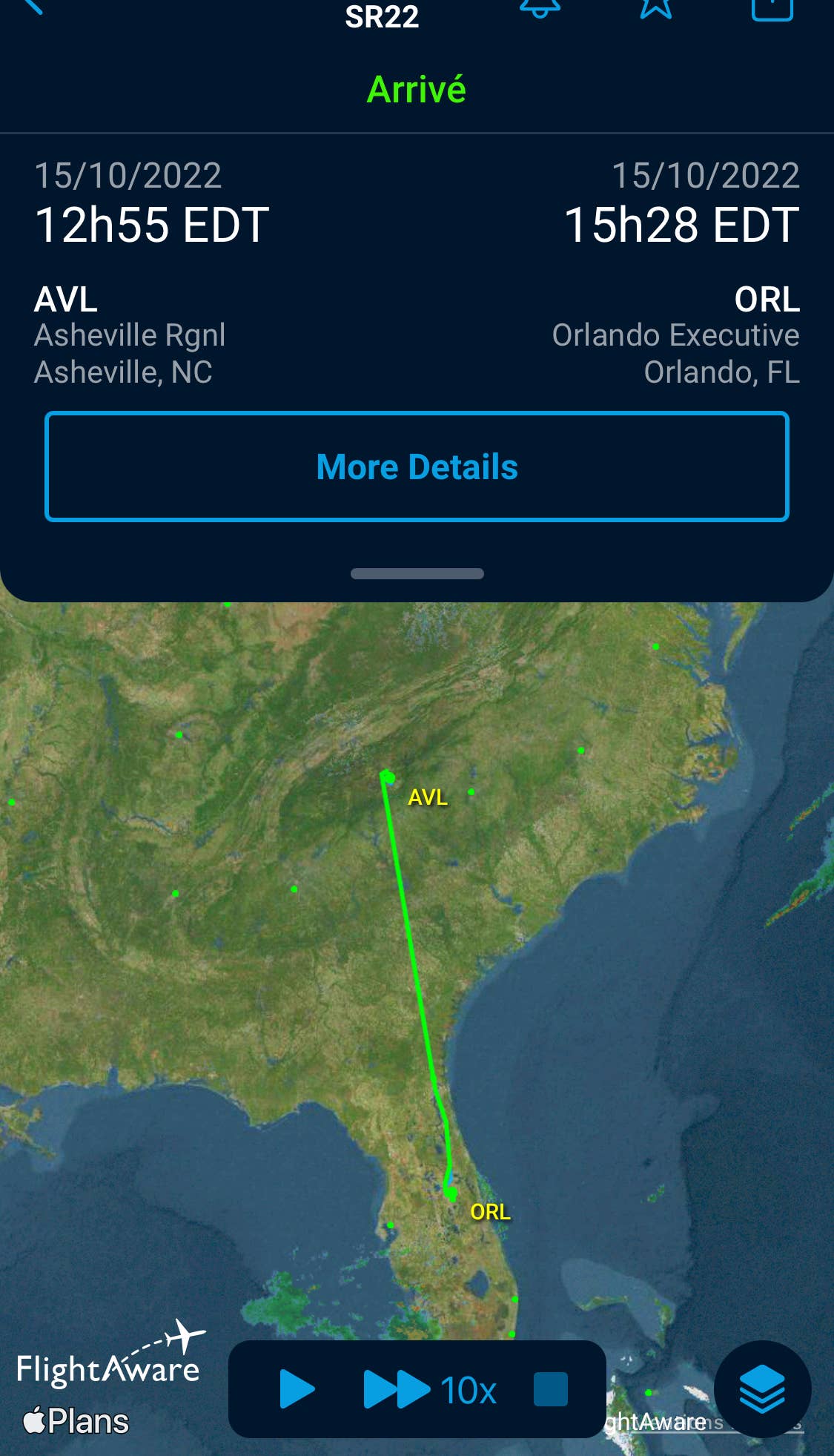FlightAware’s AeroAPI Brings Historical Aircraft Tracking Data to Light
The real-time flight information provider draws its data from more than 713 million flight objects in its archives.

FlightAware announced Tuesday it is launching the ability of its AeroAPI—a query-based flight tracking and status product—to deliver historical aircraft data to current subscribers. [Courtesy: FlightAware]
We’ve all used FlightAware to plan our schedules around the arrival and departure of general aviation aircraft, whether it’s one belonging to a loved one or colleague, or a member of the fleet. Want to get a complete tracking profile on those aircraft over time?
FlightAware announced Tuesday it is launching the ability of its AeroAPI—a query-based flight tracking and status product—to deliver historical aircraft data to current subscribers. The capability adds to the company’s ability to provide information to clients from January 2011 through the present.
The data includes on-demand real-time flight status updates, flight tracks, future flight schedules, and other flight events specific to any airport, airline fleet, flight, or tail number. The new release offers the addition of historical flight status and times, complete flight tracks, and static track images for any flight or tail number.
Programs can be subscribed at a standard level (starting at $100/month) or premium level ($1,000/month), with total pricing based on usage.
The Largest ADS-B Listening Network?
The division of Collins Aerospace explained at a press conference at the 2022 National Business Aviation Association’s Business Aviation Convention and Exhibition (NBAA-BACE) that it continues to invest in its own network of terrestrial ADS-B receivers. The current network stands at more than 35,000 total stations that listen for transponder signals in more than 200 countries—possibly the largest ground-based network. Each receiver is roughly the size of an iPhone, according to James Sulak, president of FlightAware.
He went on to explain how the company takes the data received to create the flight objects.
“We’re taking out the most meaningful, most helpful information there and putting it together, in the very first iteration of the story of the flight—this flight data object,” said Sulak. “This is our largest ongoing engineering effort that we have at FlightAware. We’re investing thousands of man hours on an ongoing basis—every single year.”
By doing so, Sulak concluded, they are “enriching the stories of these flights.” Sulak also answered questions addressing privacy concerns with the data sharing, pointing to the FAA’s LADD (Limiting Aircraft Data Displayed) program, which it coordinates with and facilitates.

Sign-up for newsletters & special offers!
Get the latest FLYING stories & special offers delivered directly to your inbox






